One of the most significant, yet often overlooked benefits of social media marketing is the capacity to tune in, and get a feel for what people are saying about your brand, as well as your competitors, in order to formulate a more strategic, targeted marketing program.
By tuning into what people are posting online, you can get a better grasp on key opportunities, and flaws in your branding, and much of this insight is available for free, if you know how to get it. Which is often a key stumbling block for brands, and as we found in our first research report of the year, in partnership with Meltwater. According to the responses, while most businesses do have an established approach to social media monitoring, not all of them feel like they’re maximizing their opportunities on this front.
We gathered feedback from more than 650 professionals, from a range of industries, in order to glean more insight into the current state of social listening, and how brands can improve their process.
This week, we’ll publish summary reports of our key findings, while you can download the full report here right now (with email sign-up).
Part I: Current State
Given the various benefits that can be gleaned from social listening, it makes sense that most brands are now on board, and now have a process, in some form, of tuning into social media discussion.
According to our survey responses, almost 61% of businesses now have a social listening system in place, and are monitoring for keyword mentions.
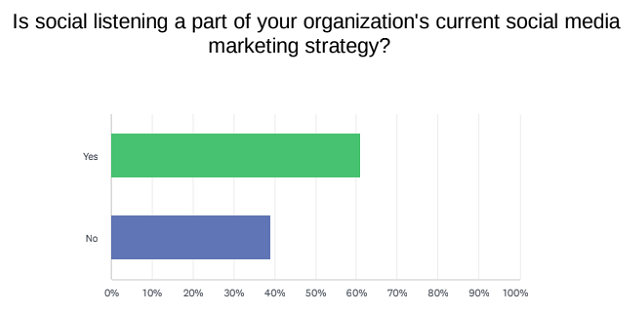
More than that, the majority of respondents also see social listening as a highly valuable process, with more than 82% now viewing it as a key planning element.
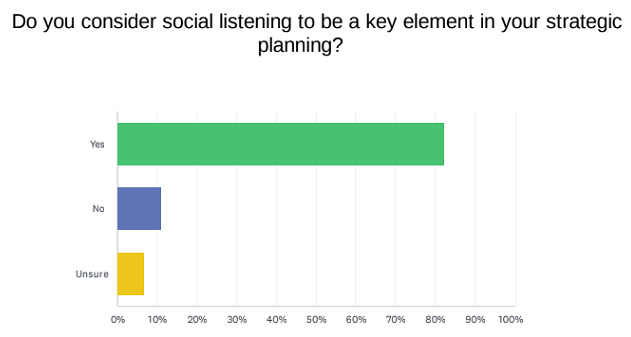
This is a positive sign, underling the evolving maturity of the social media marketing space. What was once considered an add-on to social ads, or an expanded element of social media marketing, is now seen as a critical information source for most brands.
Which it should be – after all, social media is effectively the biggest focus group in history, and it’s always running, 24 hours a day, 7 days a week, giving you access to constant feedback about your brand and sector.
In terms of what, specifically, brands are tuning into on social, respondents indicated that ‘Brand Sentiment and Reputation Management’ is their biggest focus, followed by ‘Brand Awareness’.
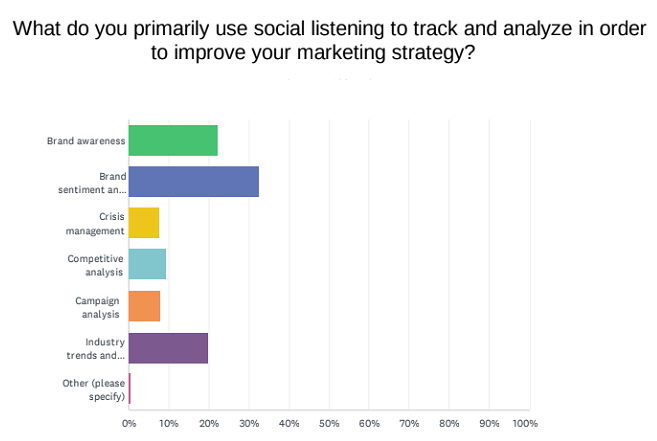
Those two are fairly closely aligned, but one is more general mention (brand awareness), while the other is specifically focused on what’s being said, and the sentiment around brands and products.
Sentiment is obviously a more difficult aspect, because binary computer systems can’t necessarily be relied upon to detect sentiment in online mentions. Sarcasm, for example, can be increasingly difficult for a computer to detect, which generally means that it takes more manual time and effort to extract good information in this respect.
As you can see in the above chart, many brands are also now using social listening to track industry trends as well, while crisis management, competitive analysis and campaign analysis were lesser considerations, based on responses.
That points to missed opportunities – but then again, it also likely points to the key limitation for most, being time, and the capacity to be able to track and sort through the masses of data to get to the most important notes.
Which is also highlighted in our responses:
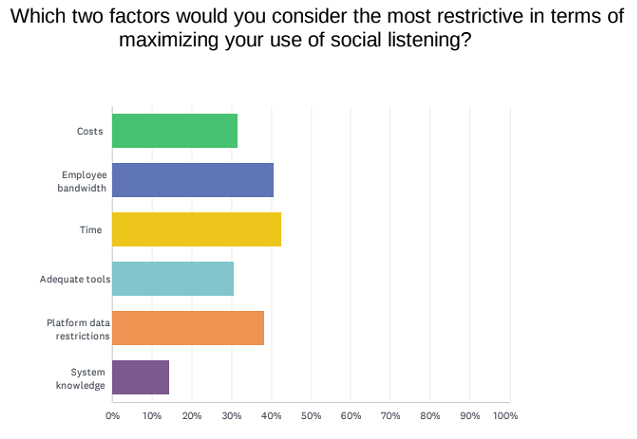
The two biggest impediments to effective social listening are ‘Time’ and ‘Employee bandwidth’, highlighting the biggest challenge in effective monitoring. It would seem that the consensus is that social listening is indeed highly valuable, but not all businesses feel that they’re able to get the most out of it, due to cost and time restrictions.
Which makes sense. With billions of keywords being posted in social media apps every day, sifting them down to the most valuable mentions does indeed take time, either to develop a better automated process to alert you to the right posts that require action, or manually review mentions as they come through. That’s time that most business owners simply don’t have, especially SMBs, which points to the need for improved, simplified automatic solutions, or alternative processes that can streamline information gathering from social chatter.
There are ways this can be achieved, but again, much of this takes an investment of time to understand how Boolean search strings work, or what qualifiers and options each platform provides for filtering mentions.
Which clearly many businesses feel that they simply don’t have a handle on:
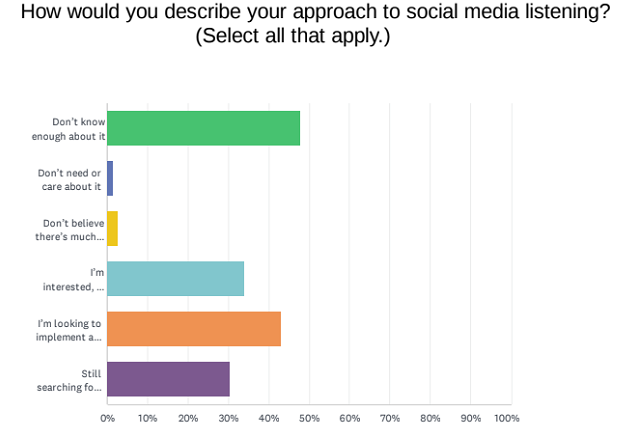
Over a decade in, there are still opportunities for significant refinements in social media monitoring tools, and increased education in the field. Some of this is a challenge because it’s not simple, there are no easy ways to educate people on the complexities of digital monitoring, but even so, the platforms can be improved to simplify the process.
Of course, such refinement also comes with a level of risk in missing important mentions as a result. But the responses here show that while most brands do see the value of social media monitoring, the key challenge still lies in time investment, an element that requires more focus.
You can download our full State of Social Listening Report, in partnership with Meltwater, here.



